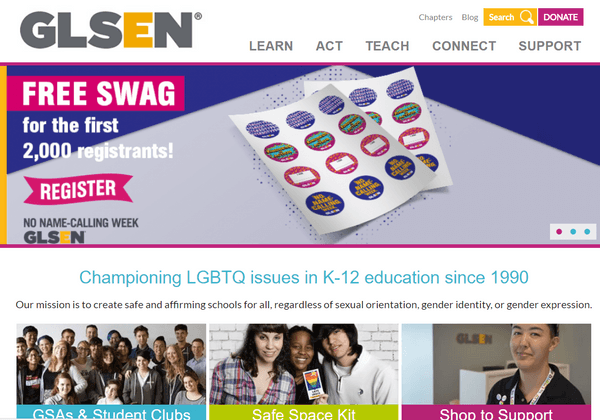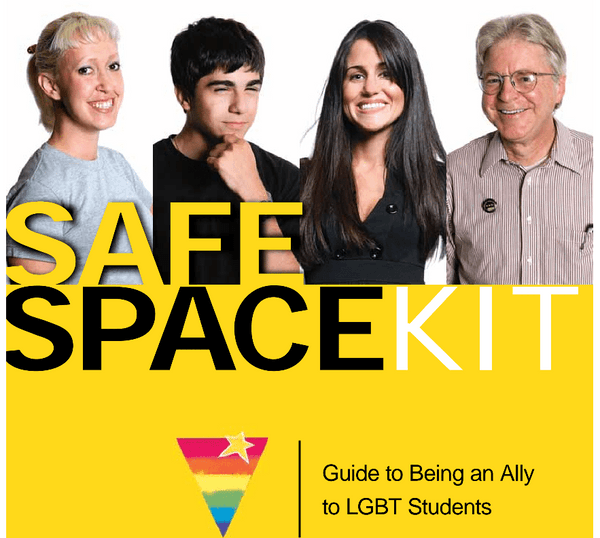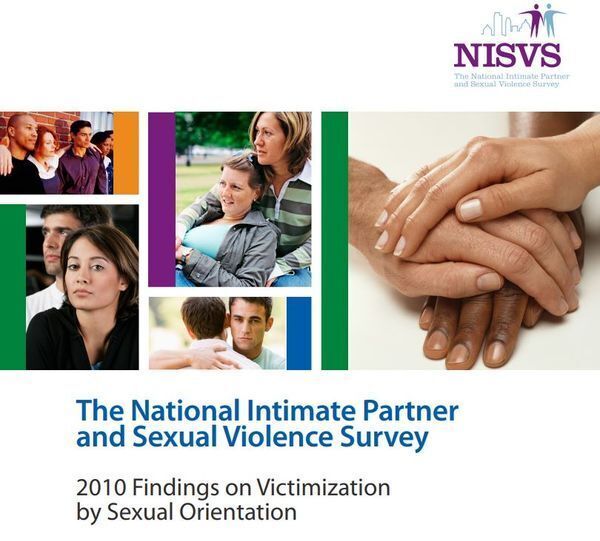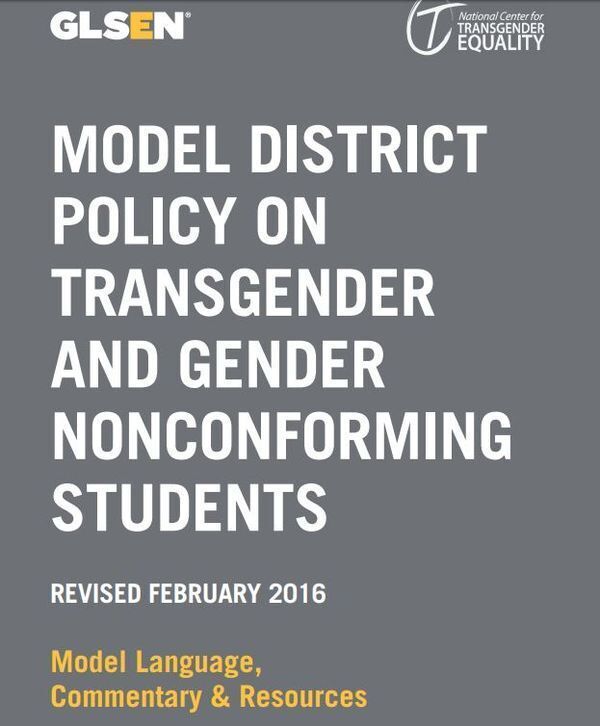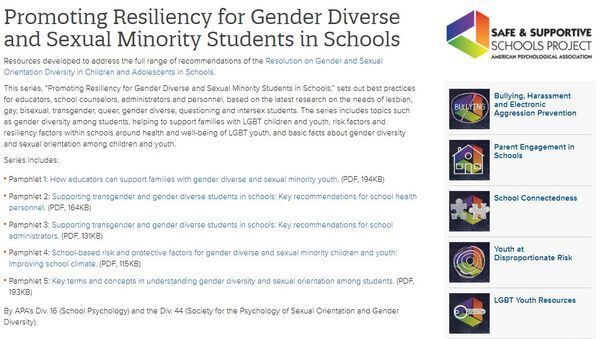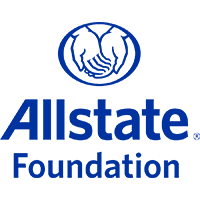-
Guide to Being an Ally to Transgender and Nonbinary Youth is developed by the Trevor Project and is an introductory educational resource that covers a wide range of topics and best practices on how to support transgender and nonbinary people.
-
GLSEN, which formerly stood for the Gay, Lesbian, & Straight Education Network, is an organization founded in 1990 in the United States that seeks to end discrimination, harassment, and bullying based on sexual orientation, gender identity and gender expression in K-12 schools. GLSEN focuses its efforts on the support and opportunities provided by the four pillars of safety, respect, health, and leadership.
-
Designed to help you create a safe space for LGBTQ youth in schools, the Safe Space Kit is GLSEN’s Guide to Being an Ally to LGBTQ Students. The guide provides concrete strategies that will help you support LGBTQ students, educate about anti-LGBTQ bias and advocate for changes in your school. The kit not only guides you through making an assessment of your school's climate, policies and practices but it also outlines strategies that you may use to advocate for change, including posting a Safe Space Sticker or Safe Space Poster in your classroom or office.
-
The National Intimate Partner and Sexual Violence Survey (NISVS) is an ongoing, nationally representative survey to assess experiences of intimate partner violence, sexual violence and stalking among adults in the United States. It measures lifetime victimization for these types of violence as well as in the previous 12 months.
-
This document presents our Model District Policy on Transgender and Gender Nonconforming Students, which outlines best practices for schools to ensure that all students are safe, included and respected in school, regardless of their gender identity or expression — including transgender and gender nonconforming students. The model presents some policy objectives, key points and alternatives to consider. It is meant to be adaptable to the specific needs of your school district, while keeping the original intent of the policy intact. Depending on your school district, the policy language provided here may fit best in a district policy, an administrative regulation, or a combination of the two. Our model was developed by examining school district policies from various states, guidance provided by states and the federal government, and identifying best practices for a national context.
-
This series, “Promoting Resiliency for Gender Diverse and Sexual Minority Students in Schools,” sets out best practices for educators, school counselors, administrators and personnel, based on the latest research on the needs of lesbian, gay, bisexual, transgender, queer, gender diverse, questioning and intersex students. The series includes topics such as gender diversity among students, helping to support families with LGBT children and youth, risk factors and resiliency factors within schools around health and well-being of LGBT youth, and basic facts about gender diversity and sexual orientation among children and youth.


